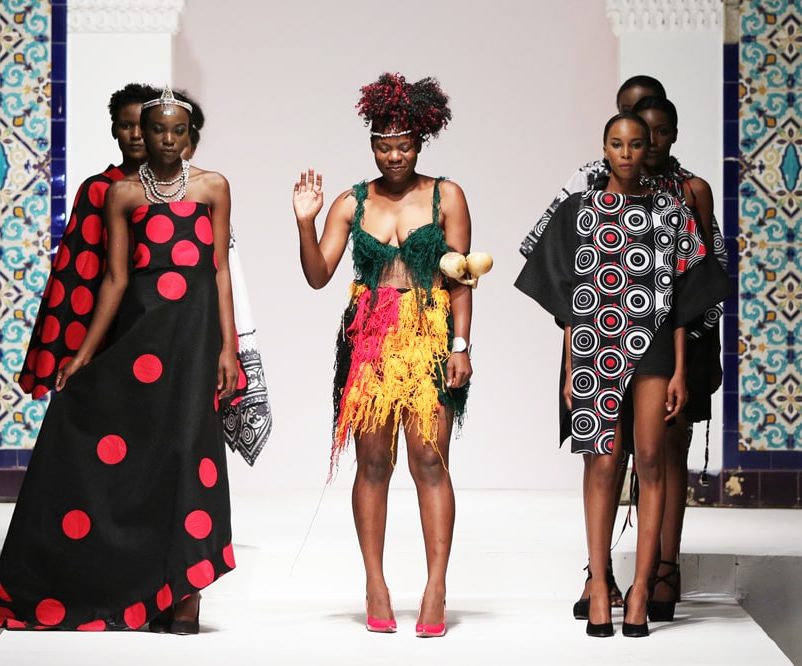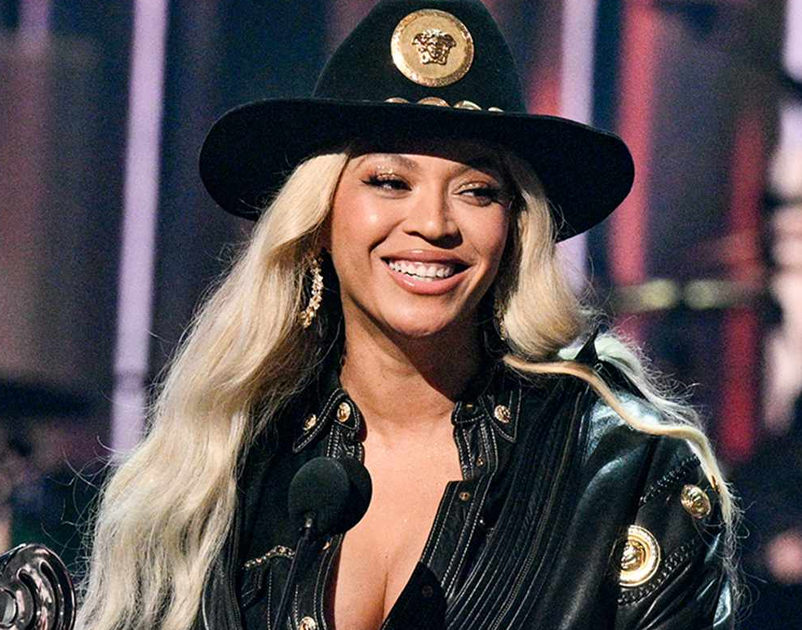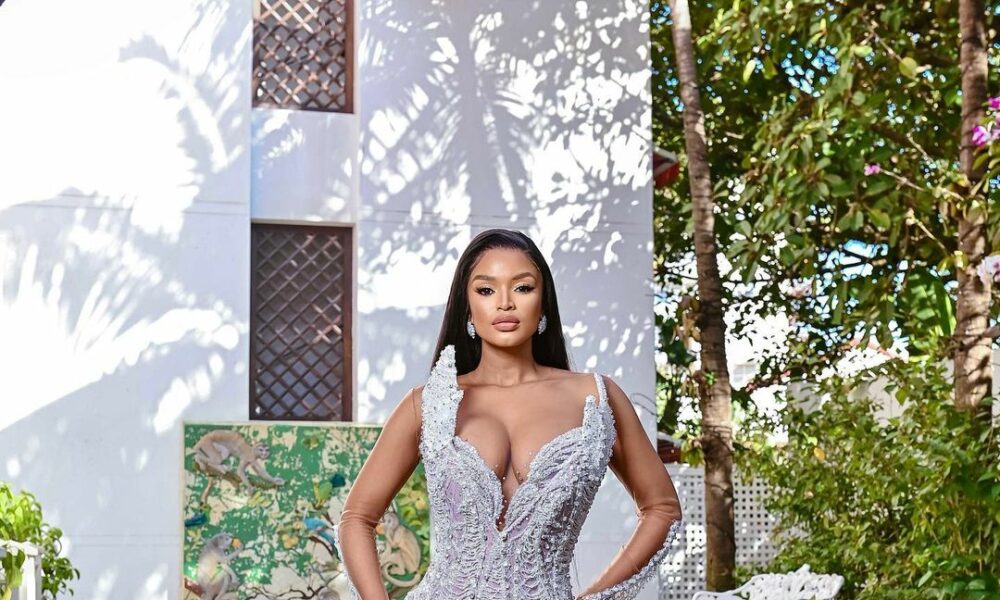
Over 50 fashion designers, largely from Swahili-speaking nations and beyond, descended on Tanzania’s port city of Dar es Salaam for the opening night of Swahili Fashion Week, the continent’s yearly fashion event.
The international fashion industry, as well as its clients, saw the fashion and accessory designers’ skills and originality on display.
“Models like me have a great opportunity thanks to Swahili Fashion Week.
Thank you for honoring me with an award tonight “As the 15th edition of the Swahili Fashion Week and Awards 2022 got underway over three days, Rio spoke after receiving a prestigious award.
The public voted for the winners of 29 fashion categories, and an auditing firm verified the results. Rio was one of the winners. “This is only the beginning of a long road leading to the fashion industry for me. I’m excited to take part in all fashion shows both domestically and overseas and win more accolades.”
The Swahili Fashion Week is a fantastic chance, especially for emerging designers to be able to present their work, according to Mboko Uswege, a young fashion designer who was taking part in the event for the first time.
The originator of the Swahili Fashion Week, Mustafa Hassanali, stated that the goal of the event is to inspire talented designers to use it as a launching pad into the fashion industry.
“Celebrating 15 years of Swahili Fashion Week,” according to Hassanali, has been the leading creative forum for designers from Swahili-speaking nations and beyond who present their collections to a global audience.
Kedmon Mapana, the executive secretary of the government-run National Arts Council, pleaded with people to support the fashion sector. “The local talent needs to be developed to become internationally renowned brand names.”
In 2008, renowned Pan-African designer Mustafa Hassanali of Tanzania founded and developed the platform known as Swahili Fashion Week.
The Swahili Fashion Week logo is a graphic representation of the African continent in reverse, called the kipepeo (the Swahili name for a vibrant, colorful butterfly)
The crisp models lend a glossy air to the “Fashion is Business” and “Made in Africa” ideals. The representation of Africa is similar to the face of an African woman wearing her distinctive head wrap.
The wings represent the direction that is intended to bring the international market of the Eastern African fashion industry.
With an eye toward becoming the most sought-after and favored fashion venue in Africa for the global market, Swahili Fashion Week
Content courtesy of Swahili Fashion Week & NFH
Related




